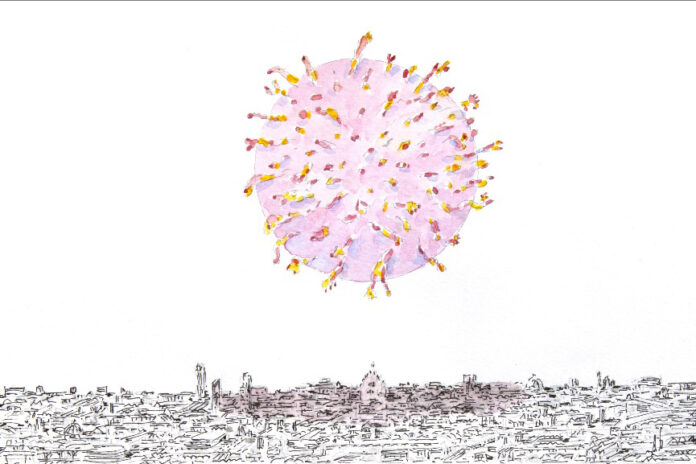First consumerism and first alternative paths
After the first great phenomenon of consumerism in the 1960s, which ended with protests and with the realization that society could not continue to grow linearly (1972 gave an example with the energy crisis), many people said: “We can’t go on like this!”
Another path needed to be found. The society as a whole did mea culpa, while many artists and architects became radicals and tried alternative paths. However, sacrifice, austerity, art for the social (the example is the Venice Biennale of 1978) were not “bearable”. So, we passed with ease to the second great phenomenon of collective consumerism: the 1980s, which were characterized by great euphoria and enthusiasm.
People were feeling a great desire to consume, in the sense of the use of resources by a few clever and privileged persons. Even this phase soon led us to realize that we could not go on like this. Politicians were grabbing and corrupted; the public debt was still impoverishing us with exaggerated taxes … Everyone was saying: “we cannot continue like this!”
Finding another path
Another way was necessary: society made mea culpa once again, while artists, politicians, and intellectuals spoke of austerity, honesty, and the end of corruption. However, honest men, the attention to the territory and its resources (I tried with all the exhibitions that I promoted in the eighties / nineties on the genius loci subject), were not “bearable”. Therefore, with great enthusiasm and some help from Berlusconi, in the 2000s we reached the third great phenomenon of consumerism.
This era of large consumerism has been celebrated for quite some time. Key factors were several, such as the opening of large global markets, especially supported by the Chinese dictatorship, which had achieved control of almost the entire market in a short time. Market is overly growing (the silk roads!), by exploiting in an exaggerated way all resources (intensive crops, elimination of fish resources, intensive farming), multiplying exponentially the transport of people and goods.
Consumerism and globalization
Finally, someone was beginning to understand what globalization combined with large consumerism was a deadly cocktail, which had far surpassed the first consumerism of the sixties and the second of the eighties.
Milan, the moral capital of Italy, used to celebrate large consumerism with enthusiasm and euphoria. Chinese billionaires fed the luxury market with their daily shopping. All the schools of design, fashion, art, communication (public but above all private), were filled with students who paid ever higher enrollment fees. The Chinese market was flourishing in the only city in the world that had transformed a large area of the center into a wholesale market: they were learning to use and take advantage of the globalization of people and goods.
Looking into the future
Today, we should learn to live with another heavy globalization phenomenon that appears to us as a “destructive phenomenon”. Many people are already thinking about the after phase: “we will never make the same mistakes; we cannot continue like this!”.
For a few years, many people of goodwill will try to do better. However, after the pandemic we will be poorer than before and after a while we will get tired of a life of sacrifice. It will be probably always the Chinese who will be able to feed a new large global market, also by exploiting the human and material resources in Africa.
Do you remember the US aid that saved us from starvation after the war? They will bring us many things which were not good but will appear good to us, to the point of deluding ourselves that we can enter the fourth edition of consumerism, and the second of global consumerism (including diseases).








